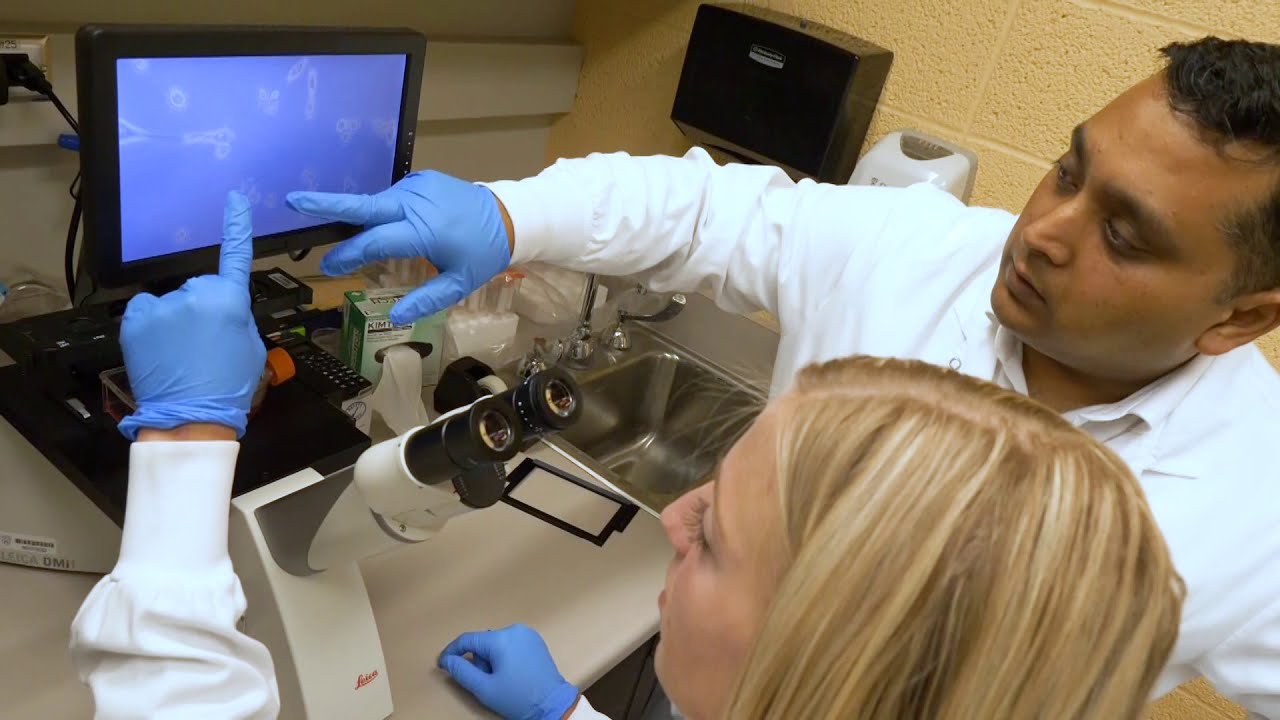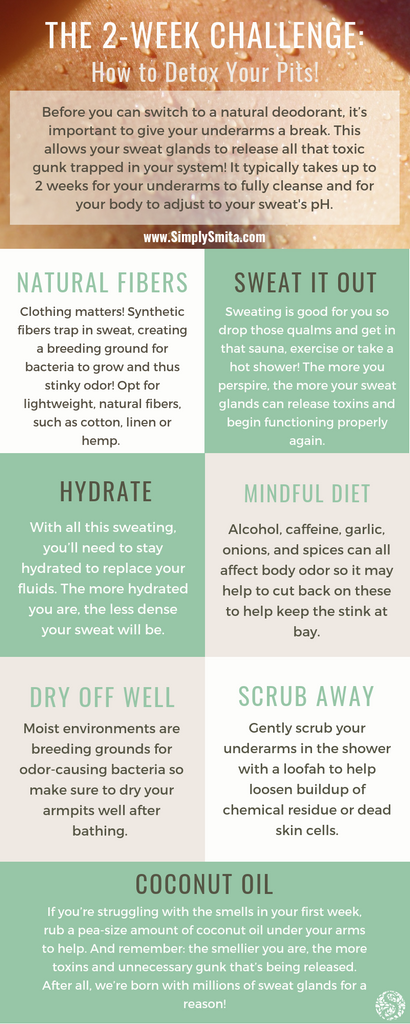
This process was pioneered by the Romans, Indians, and Chinese ancients. Buddha instructed the world about salt storage and collection in the early fifth century BC. To collect the brine, the Romans used ceramic containers known as briquetage. Workers scraped up the concentrated salt and washed away the impurities. The workers then put the brine in shallow pans, and placed them on clay pillars that were set over a fire of lava. The workers then sold the dried, powdered sea salt to the people of the colonial New World. In the New World slaves from Africa were brought to rake salt on several islands in West Indies such as the Bahamas and Turks and Caicos Islands.
Although most people are familiar enough with table salt, many don't know how sea salt is created. While the main ingredient of table salt is sodium chloride, sea salt also contains several other minerals, such as magnesium, iron, calcium, and potassium. These minerals are in small quantities in sea salt. They are also present in salt crystals. This mineral should be used in moderation. However, adding a little bit to your food will increase the nutritional value and minerals.

The most common salt type is sea salt. It is a salt that comes from warm climates. To get it, you need to flood man-made lakes with salt water and wait for it evaporate. The crystals will form when the water evaporates out of the man-made pool. These man-made pool are known as "saltworks". Salt is harvested in many different ways. The process of harvesting salt can take several billions of year.
The process of sea salt production is quite complex. The first step in sea salt production is extraction of seawater. The first step is to evaporate the water from the ocean. The water is left in the water for a few days to dry and to concentrate. Once this is completed, the sea salt is ready to be sold. Then, the resulting product is labeled as unrefined or refined. Unrefined sea salt may be gray or contain trace minerals or marine bacteria that contribute to its complex flavor.
The process of getting sea salt is quite simple. The salt crystals that form in the bottom water are almost dry. The impurities are removed by pouring off water and scraping off the top layer of the salt. This is a great way of collecting sea salt. It's very inexpensive and readily available. It is readily available in many countries. Salt can be used to make salt for human consumption once it has been harvested. It is versatile in its use.

Extracting salt seawater from water is the same process. Each salt extraction process is different. Some sea salts are harvested from the sea, while others are extracted from the earth. In the latter case, the extraction of the salt is done using chemicals. To extract the iodine from the sea, the minerals are taken out of the sea. Salt is also processed to get rid of minerals that make it edible.
FAQ
Where can you find free online cooking courses?
Many websites offer free cooking classes. YouTube has many videos that will show you how to cook different dishes. Some sites offer thousands of recipe options. The sites typically charge a monthly fee but you can test them for free for a period of 30 days.
What are some of the benefits of using slow cookers?
Slow cookers can be very helpful because you can prepare delicious meals quickly. Slow cooker recipes are healthier than traditional ones because they use less oil and fat. Additionally, slow cookers are more convenient than traditional recipes because they take care for themselves while you're sleeping.
Is it possible to be self-taught?
Self-taught cooking is possible! It is something everyone enjoys, regardless of their level of cooking ability. Start cooking at home if you want to learn how to cook. Start small with things like making pancakes or spaghetti sauce for your dinner. Try new recipes and be open to experimentation when learning how to cook. You might even make some mistakes.
The time it takes to learn to cook can vary from just a few hours up to several weeks, depending upon your skill level. Cooking is more than following recipes. There are many ways to cook food. If you have an idea, follow it.
What does a culinary program cost?
The cost of a culinary school depends on where you are, how much you study, and what program or course you choose. Average tuition costs between $10,000 and $30,000. Most students graduate with approximately $20,000 in debt. Some programs offer work-study, grants, scholarships and grants.
How can I get hired to be a chef?
You must complete a degree in culinary arts to be able to apply for a job at the table as a professional chef. Next, join a professional organisation such as ACF. The ACF offers certification exams and networking opportunities.
How can I be hired as a chef?
Word of mouth can help you get a job as an experienced cook. Friends and family might know of a restaurant in need of additional staff. You might also find openings advertised on websites or bulletin boards by restaurants.
How can you get motivated to cook well?
Cooking is fun when you share food with family and friends. However, cooking for yourself is much easier than cooking for others. Try making something new if your goal is to become more motivated to cook. This way, you will learn about new ingredients and techniques. To expand your culinary skills, you can also make use of recipes from other cultures.
Statistics
- In the United States, the category is estimated at $23.2 billion annually and is growing faster than the market. (washingtonpost.com)
- According to the BLS, chefs earn $58,740 a year. (learnhowtobecome.org)
- under 10 Kids have been taught that there is special food just for them, and Fiese says that 10 percent of kids will throw a tantrum if they don't get the food they want. (washingtonpost.com)
External Links
How To
How to make an omelet that is perfect
Omelets is one of my favourite breakfast foods. But how do you make them perfectly? I've tried many different methods and recipes, but none of them seem to work! So I am sharing some tips and tricks today to help you make fluffy, delicious omelets every morning.
First, eggs can be very temperamental ingredients for making omelets. They must be fresh, preferably from the organic market, and be kept cold until cooking. If you don't keep them cold enough, the whites won't form properly, and the yolks will break down too much and become runny. This makes your omelets look weirdly colored. It is best to use room-temperature eggs if you are going to cook them right away.
Another tip is to separate the egg before adding it to the pan. You don't want the white to get mixed with the yolk, as this could cause the egg to curdle.
The bottom part of an egg that is added directly to the stovetop might be burned, which could cause a ruined texture in your omelet. Instead, heat the egg in a microwave for 10 seconds and then place it in a pan. The microwave heat will cook the egg just right without making it too hot.
Next, let's discuss mixing the eggs. When you mix eggs together, you want to beat them well. To do this, take the bowl from the mixer and flip it upside-down. Next, shake the bowl vigorously. This will whip the air around the bowl and mix the egg well.
The fun part is now - adding the milk to the mixture. Fold the eggs in the milk mixture by first pouring half of it into the egg whites. Do not be alarmed if there are still egg streaks visible. Once the omelet flips, these streaks will disappear.
After folding the eggs fold the pan onto medium heat. When the oil starts to hot, wait for the pan to cook. Once the oil starts getting hot, add 1/4 cup of butter to the pan and swirl it around to coat the entire surface of the pan. Open the lid and sprinkle salt on the pan. An additional pinch of salt will prevent the omelet form sticking to your pan.
Once the omelet has formed completely, cover the pan and let it set for a few minutes. Use a spatula to flip the omelet or turn the pan upside-down. Cook the second side for a minute or so. Serve immediately after removing the omelet from its pan.
This recipe is best made with whole milk. However, it can also be used with skimmed milk.